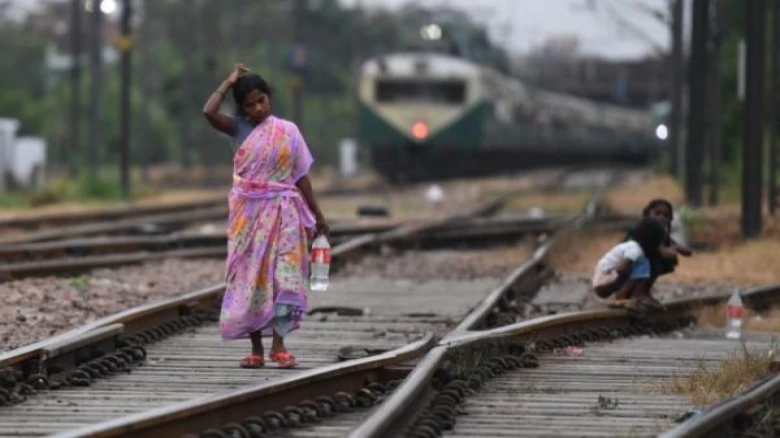Survey says 11% of urban households use a shared facility, compared to 7% of rural households.
Digital Desk: Despite the government's declaration of Open Defecation Free India in 2019, the latest National Family Health Survey (NFHS) conducted in 2019-21 revealed that 19 per cent of households do not have access to a toilet.
According to the report, the percentage of households using open defecation has decreased from 39% in 2015-16 to 19% in 2019-21.
Bihar has the lowest access to toilet facilities (62%), followed by Jharkhand (70%) and Odisha (70%). (71 per cent).
As per the report, NFHS-5, 69% of households have an
improved sanitation facility that is not shared with other households, and 8% have a facility that would be considered improved if it was not shared.
"Nineteen per cent of households have no facility, which means that the household members practice open defecation," stated NFHS.
"Eighty-three percent of households have access to a toilet facility. Sixty-nine percent of Indian households use improved toilet facilities, which are non-shared facilities that prevent people from coming into contact with human waste and can reduce the transmission of cholera, typhoid, and other diseases," it said.
As stated in the survey, 11% of urban households use a shared facility, compared to 7% of rural households.
Access to a toilet ranges from 69 per cent in scheduled tribe households to 93 per cent in non-scheduled caste, scheduled tribe, or other backward class households.
Fifty-eight per cent of households do not treat their water before drinking it.
Almost all urban and rural households in India have access to an improved source of drinking water. Boiling water and straining the water through a cloth before drinking are the most common water treatment procedures used before drinking (16 per cent and 15 per cent of households).
Rural households rely more on tube wells or boreholes (46 per cent) than urban households who rely on tap water (86 per cent).
Forty-one per cent of households in India use some solid fuel for cooking, with virtually all being wood or dung cakes. National Family Health Survey-5 (NFHS) between 2019 and 2021 has been conducted in 6.37 lakh sample households from 707 districts.

Leave A Comment